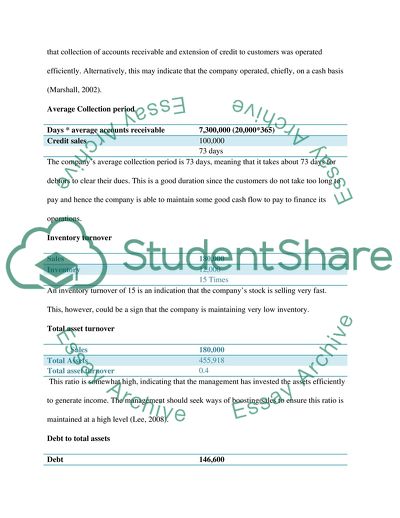Accounting coursework Essay Example | Topics and Well Written Essays - 1000 words. https://studentshare.org/finance-accounting/1788247-accounting-coursework
Accounting Coursework Essay Example | Topics and Well Written Essays - 1000 Words. https://studentshare.org/finance-accounting/1788247-accounting-coursework.


